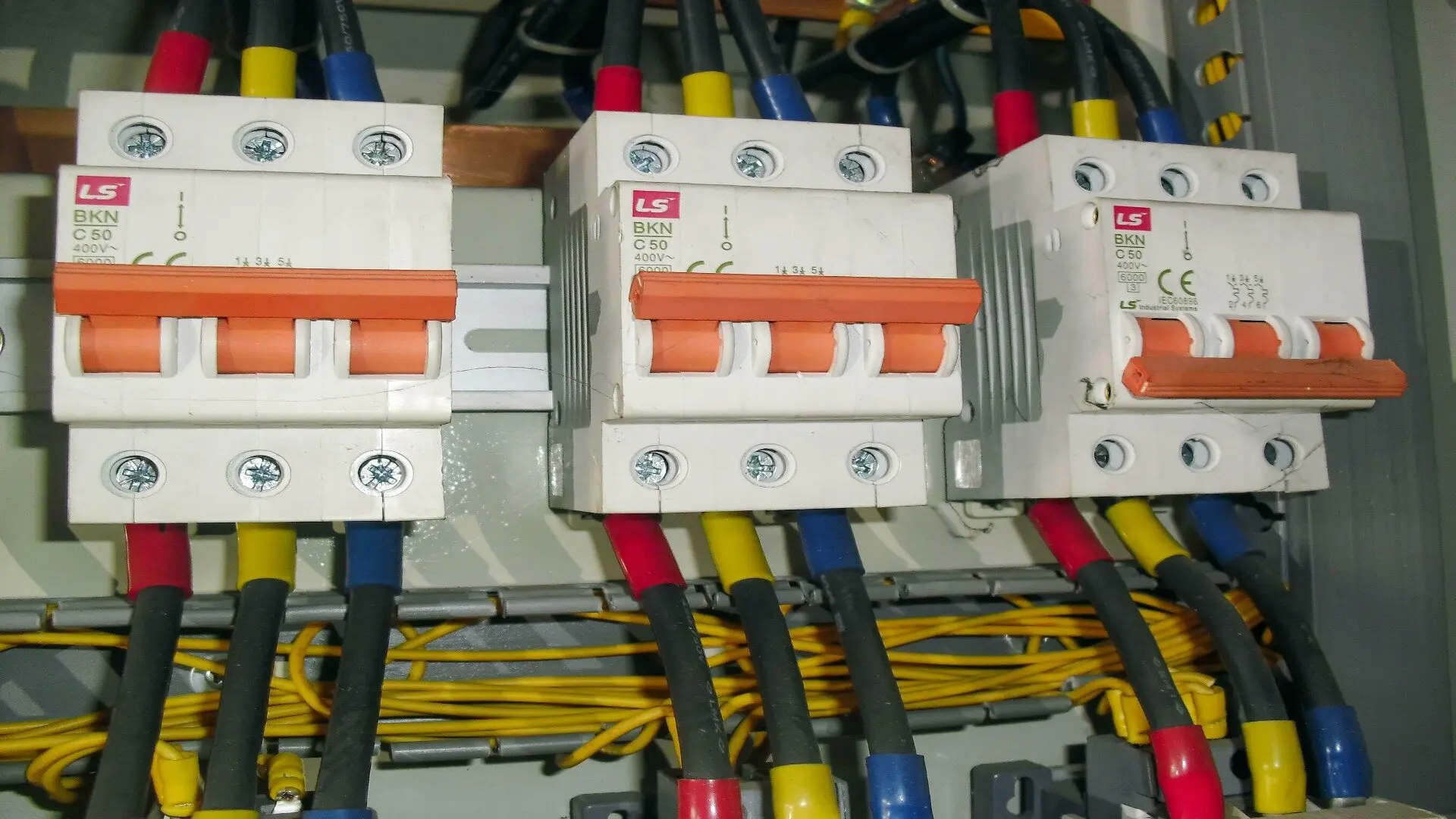
Many businesses reach a point where their existing electrical infrastructure can no longer meet their needs. Upgrading from single-phase to three-phase power often becomes necessary to support growing energy demands. But is upgrading to a three-phase switchboard the right choice for your business?
In this post, we’ll explore the pros and cons of upgrading to three-phase power. We’ll look at when a three-phase power upgrade makes sense and what’s involved in the switchover process.
We’ll also discuss alternatives like adding more single-phase boards. With the right information, you can decide if upgrading your switchboard to three-phase will provide the power capacity and flexibility your business needs for the future.
Understanding Three-Phase Power
Three-phase power provides three alternating current waveforms 120 degrees out of phase with each other. This creates a more consistent delivery of electricity compared to single-phase power.
The three waves overlap to provide continuous power to large electrical equipment and machinery. This makes three-phase systems ideal for industrial applications, commercial buildings, and other facilities with high power demands.
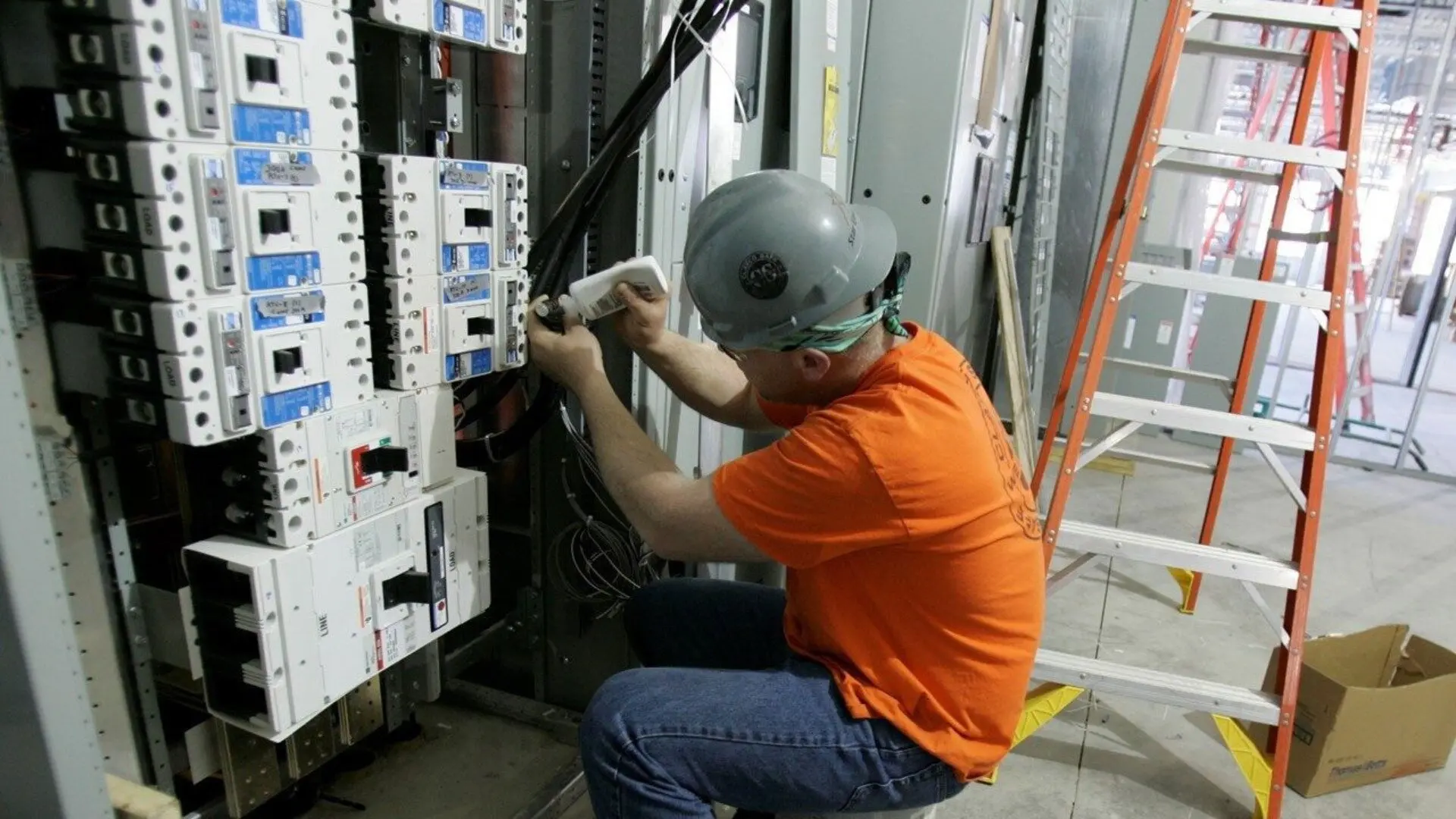
With three-phase power, the current is distributed evenly across three wires. This balances the load and allows larger equipment to operate efficiently. The consistent power output prevents damage to motors and other devices.
Additionally, three-phase systems can transmit more power using less conductor material compared to single-phase. This makes them a more cost-effective way to deliver electricity to high-energy consumers.
Benefits of Upgrading to a Three-Phase Switchboard
Upgrading from a single-phase to a three-phase switchboard can provide significant advantages for many businesses with growing power requirements. What benefits can you expect from upgrading?
Increased Power Capacity
Three-phase systems can support larger equipment loads without overload. This prevents outages and damage from undervoltage. Installing the new one and connecting all the parts, such as the safety switches and circuit breakers, are carried out expertly 3-phase switchboards will never drop the power supply to zero. You will have a better power distribution.
Enhanced Energy Efficiency
Balanced power delivery optimises the performance of motors and devices, leading to energy savings.
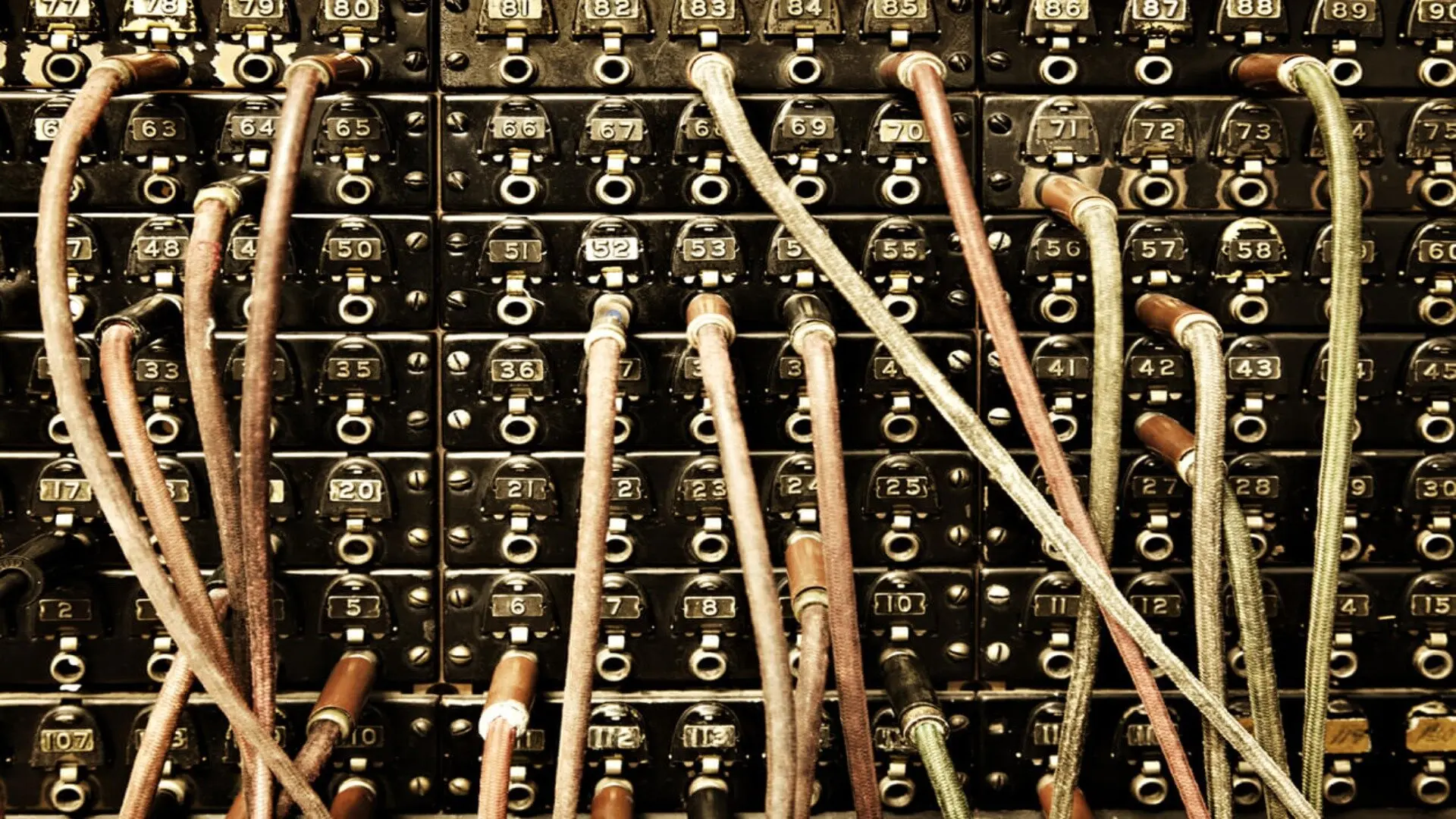
Improved Power Quality
The consistent three-phase waveform enhances stability and reliability. This prevents equipment damage.
Ability to Add More Circuits
Three-phase allows expanding circuits more easily as your power needs grow.
Better Voltage Balance
The phases distribute and regulate voltage more evenly to all connected loads.
Considerations Before Upgrading
Upgrading your electrical system to three-phase is a major decision that requires careful planning and evaluation. Before moving forward, you’ll want to thoroughly assess your current and future power requirements to determine if your needs will soon exceed the capacity of your existing single-phase system.
A local electrician can conduct a detailed load calculation to protect your facility’s electrical needs as your operations grow, especially if you work in commercial and industrial buildings. This data will clarify if upgrading to three-phase electrical systems is warranted or if alternative solutions like adding another single-phase board may suffice.
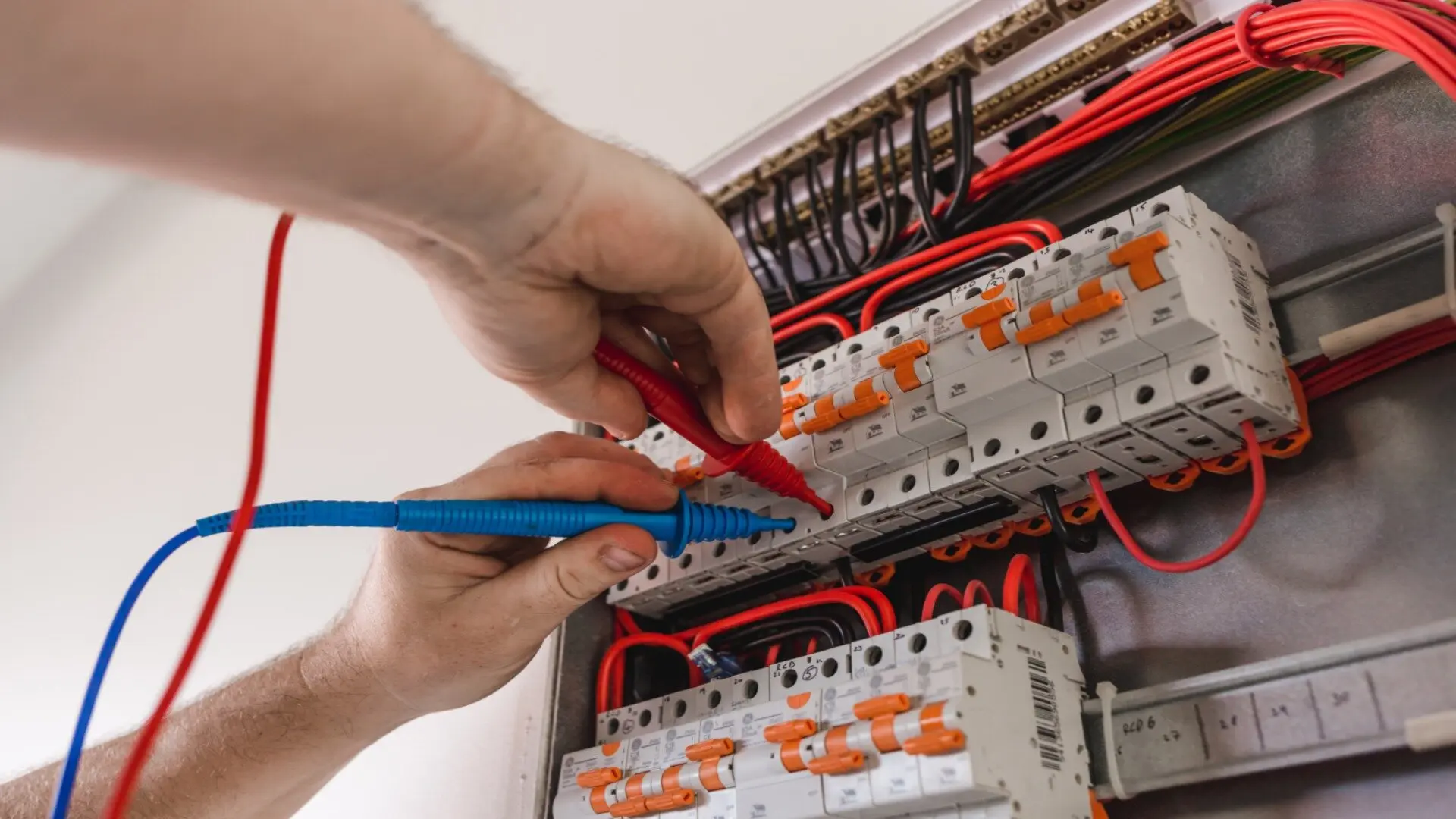
You’ll also want to get quotes from qualified electricians to estimate the upfront costs involved. The project budget will depend on factors like the complexity of the switchover, running new wiring, and electrical panel upgrades. This should make the installation of future electrical appliances quicker, i.e. simpler to clip in a circuit breaker in the new electrical switchboard.
Additionally, review the lead time as these projects often require ordering new equipment and scheduling shutdowns. While upgrading to three-phase power can provide valuable benefits, make sure to do your due diligence regarding current usage, future demand, costs, and timelines before moving forward. This helps ensure the changeover is justified and conducted as smoothly as possible.
Potential Drawbacks and Limitations
While upgrading to 3-phase power has many advantages, there are also some potential downsides to consider. Transitioning to a three-phase system is a major undertaking that requires careful planning. Here are five key drawbacks to weigh:
High Upfront Costs
Installing new switchgear, wiring, and other upgrades involves significant initial investment.
Electrical Shutdowns
You may need to shut off the electricity supply during the transition, disrupting operations.
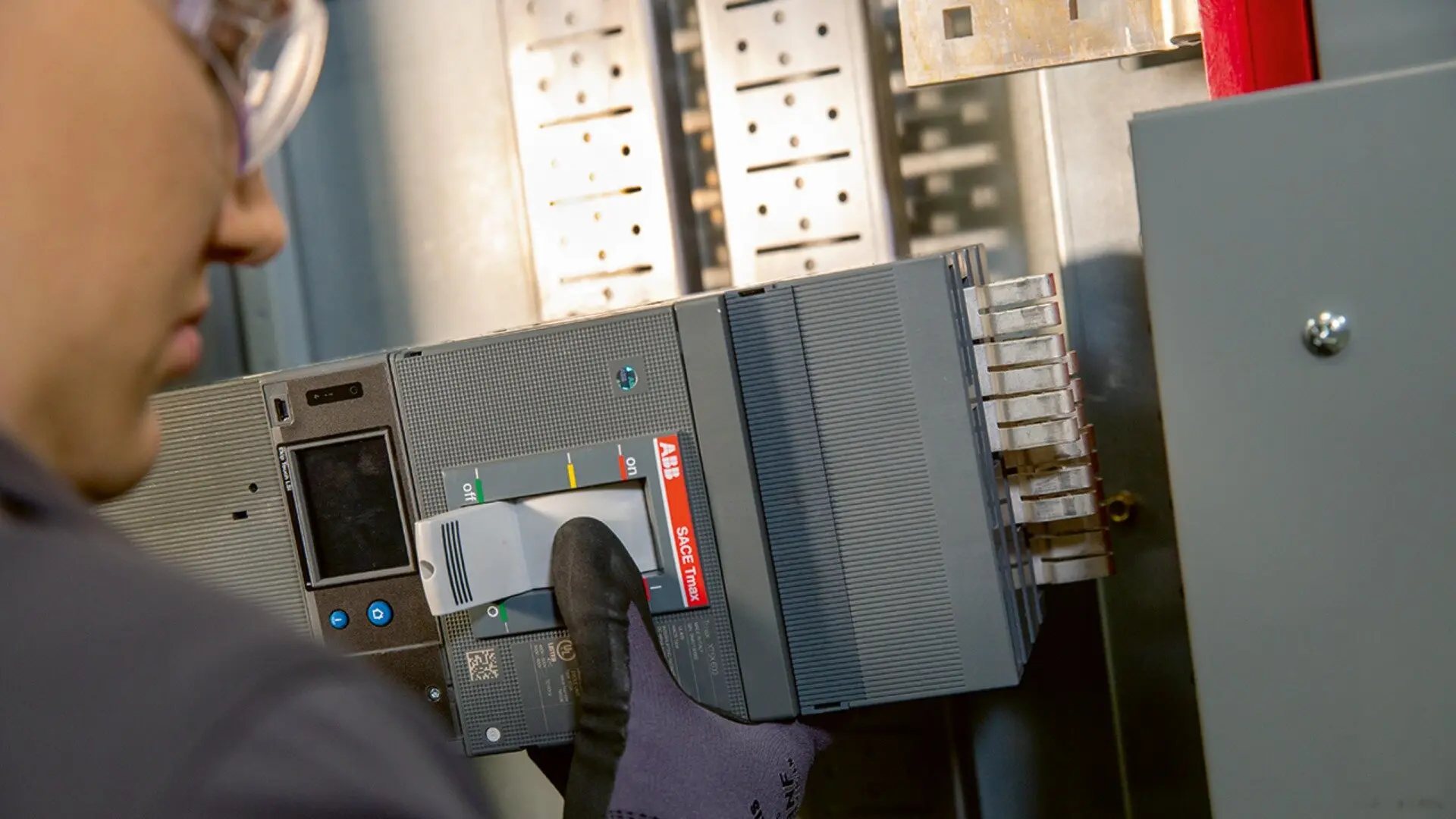
Retrofitting Challenges
Modifying existing infrastructure can be complicated and take more time.
No Three-Phase Service
In some areas, the local utility may not provide a three-phase power supply.
Replacing Single-Phase Power Supply
Some devices may need to be replaced to handle three-phase power.
While often worthwhile long-term, upgrading does come with substantial initial costs and disruptions. Make sure to factor in these potential pain points before deciding to make the switch.
So, Is Upgrading to a Three-Phase Switchboard the Right Move?
Upgrading your electrical system to three-phase power is a complex decision with many factors to weigh. While the benefits like increased capacity, efficiency, and reliability can be substantial, so too are the upfront costs and temporary disruptions.
Ultimately, upgrading to three-phase switchgear makes sense if your business has outgrown its current single-phase capacity. However, the changeover requires thorough planning and should be timed to coincide with other renovations or slow periods. If your demands are still within the limits of single-phase, adding another board may suffice for now.
At Enersol Electrical, we have decades of experience designing, upgrading, and retrofitting commercial electrical systems. Our experts can conduct a detailed assessment of your needs and provide recommendations tailored to your facility. We handle every aspect of the three-phase switchover seamlessly, working around your schedule to minimise downtime in Gold Coast areas and other residential and commercial properties.
If an outdated single-phase system is holding back your operations, contact Enersol Electrical today. Our team will evaluate if three-phase is the right move to meet your business’s growing power needs now and in the future.